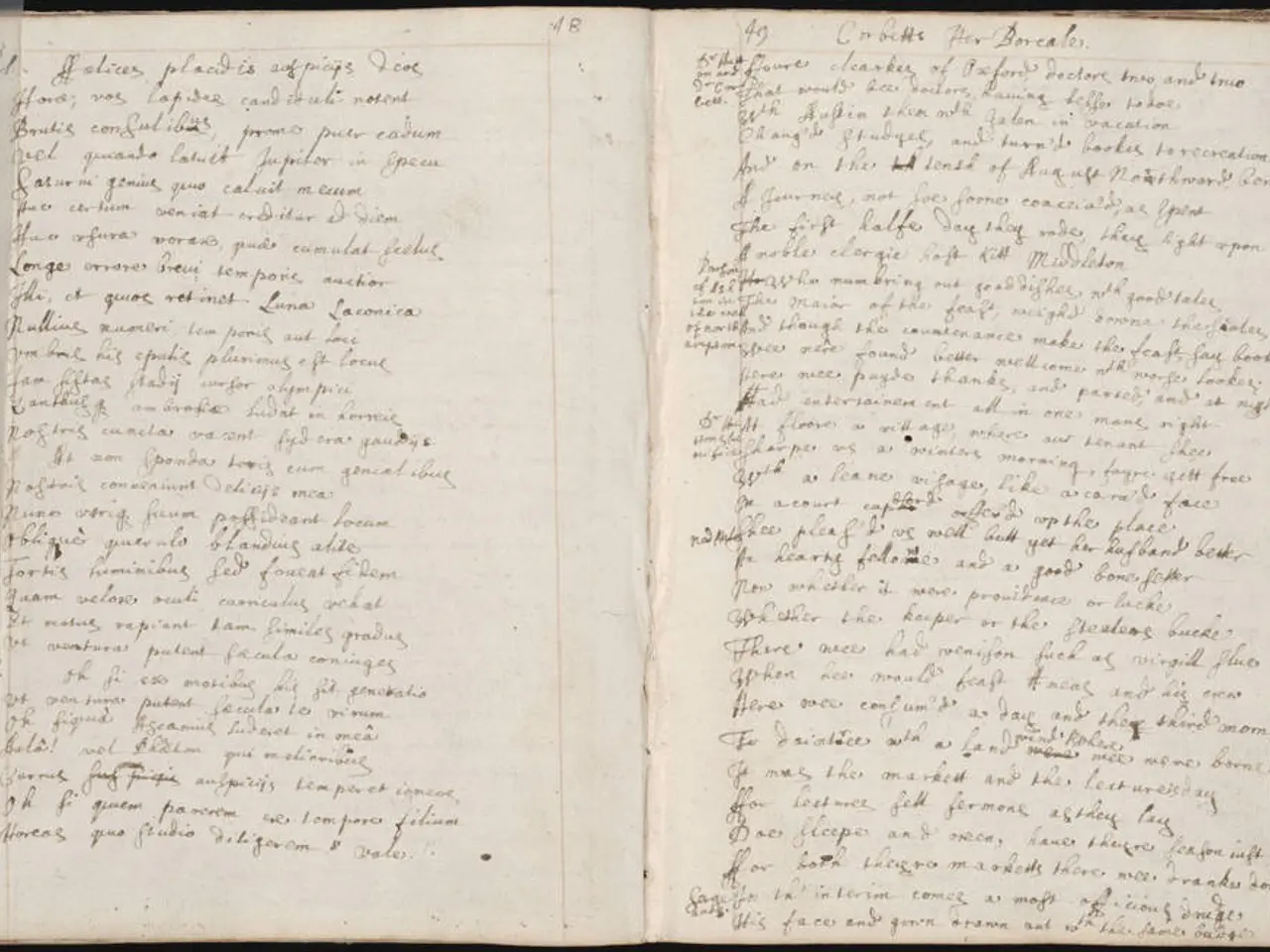Dream Analysis Simplified by Sigmund Freud: Aiming for Simplified Dream Interpretation
In the annals of psychology, Sigmund Freud's work on dream interpretation stands as a beacon of insight into the human psyche. Freud, the founder of psychoanalysis, believed that dreams offer a unique window into our unconscious mind, providing a glimpse into our repressed desires and conflicts.
Freud's concept of dream work describes processes such as condensation and displacement, which make these repressed aspects visible in our dreams. He famously referred to dreams as the "royal road to the unconscious," arguing that they reveal hidden wishes, especially unconscious sexual and aggressive impulses shaped by early childhood experiences.
Freud distinguished between the manifest content of a dream (the literal storyline remembered) and the latent content (the hidden, symbolic meaning expressing unconscious desires). Dream analysis aims to decode these symbols to access the unconscious mind and understand the individual's inner psychological conflicts.
Through this framework, Freud's dream interpretation provides insights into the unconscious by uncovering repressed memories, wishes, and unresolved conflicts that contribute to psychological illnesses. These unconscious contents can manifest as dream symbols, neurotic symptoms, slips of the tongue, or compulsive behaviours. Identifying and bringing these hidden elements into conscious awareness helps to relieve psychological distress and promotes self-understanding.
Freud's approaches to dream interpretation emphasize the importance of the unconscious and offer insights into the deeper meaning of dreams. His therapeutic method uses the symbolism and motifs of dreams to help patients recognize and address their inner conflicts.
Research shows that many of Freud's dream symbols are rooted in universal human experiences, thus acquiring a particular significance in the context of psychoanalysis. The psychological function of dream symbols, as per Freud, often goes far beyond the obvious.
In summary, Freud's dream interpretation:
- Views dreams as disguised wish-fulfillments from the unconscious.
- Uses symbolism and mechanisms like condensation and displacement to conceal latent content.
- Reveals repressed desires and traumatic memories held unconscious by defense mechanisms.
- Provides a method for psychoanalytic therapy by decoding dreams to resolve psychological conflicts that underlie mental illnesses.
This model revolutionized psychological thought by emphasizing mental processes outside conscious awareness and framing mental disorders as rooted in unconscious conflicts, which dream interpretation helps reveal. Dream interpretation plays a crucial role in exploring the complex connections between dreams and emotional well-being, offering a valuable tool for self-discovery and healing.
[1] Brett Kahr, ed., The Oxford Handbook of the Psychology of Dreams (Oxford University Press, 2014). [2] Sigmund Freud, The Interpretation of Dreams (1899). [3] Sigmund Freud, New Introductory Lectures on Psycho-Analysis (1933). [4] Anna Freud, The Ego and the Mechanisms of Defence (1936). [5] Erik Erikson, Identity: Youth and Crisis (1968).
- Sigmund Freud's groundbreaking work on dream interpretation, a significant aspect of the French school of psychoanalysis, extends its significance to health-and-wellness, particularly mental-health, as it provides a unique method for psychoanalytic therapy that decodes dreams to resolve psychological conflicts, thus helping in self-understanding and healing.
- Freud's theories on dream interpretation, backed by symbolism and mechanisms like condensation and displacement, delve deeper into the human psyche, uncovering repressed memories and desires that could potentially influence overall well-being, making it a relevant topic within the field of science.




